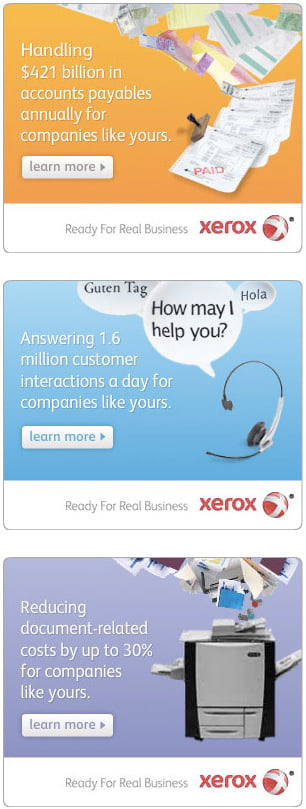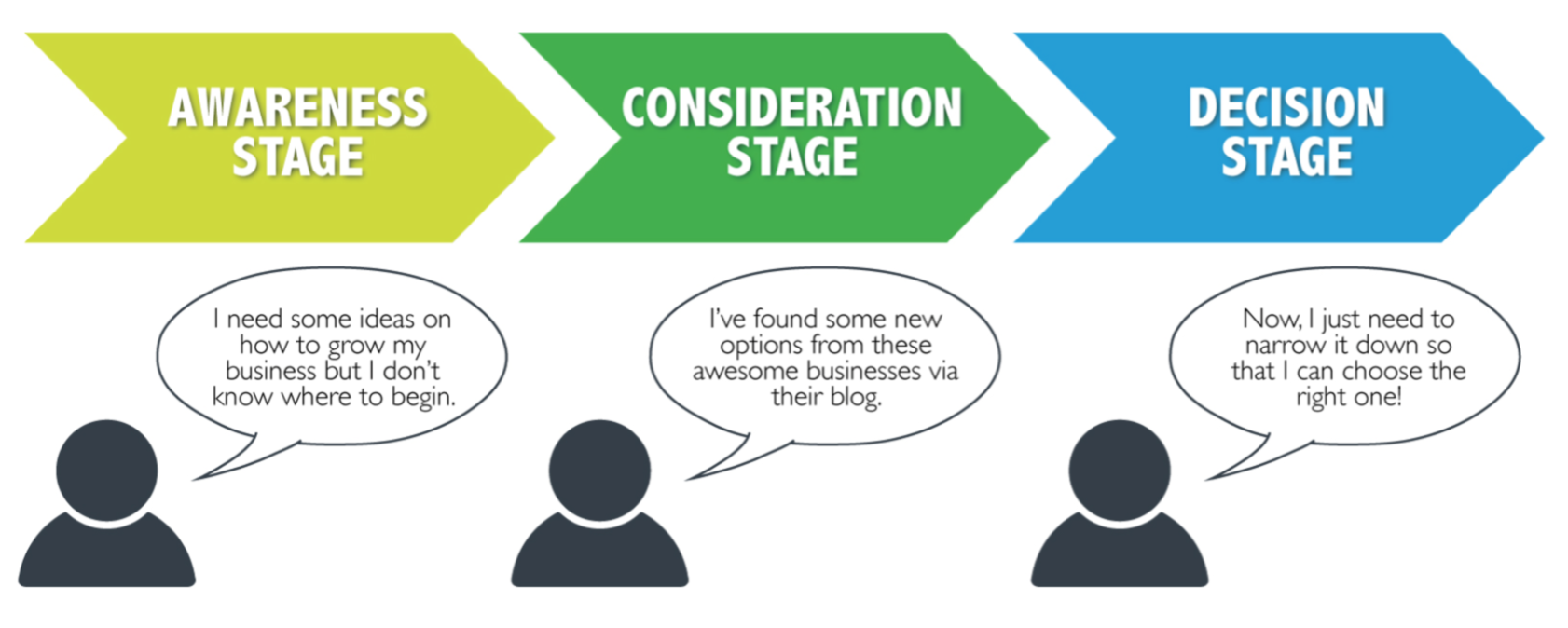Do I write short form or long form sales copy?
That is the million-dollar question.
And, sometimes, it can be a real headache to decide!
Luckily for you, I’ve been writing sales copy for a decade and have some rules that I follow to quickly know which is better for a campaign.
Here’s everything you need to know about short form and long form sales copy.
What is short form copy?
Short form copy is direct, to-the-point writing that’s meant to be read quickly.
It’s often used in headlines, social media posts, and email subject lines because it’s easy to digest and gets the point quickly.
However, just because short form copy is shorter doesn’t mean it’s easier to write!

In fact, crafting an effective headline or social media post can be quite challenging, and you have to make sure you’re saying just enough without giving too much away.
Here are a few examples of short form copy:
- Social media posts.
- Short form emails.
- SMS messages.
And, to paint a better picture, here are display ads from Xerox that would technically be short form copywriting because they only include about a dozen words each.

Shorter sales copy is often used to convey a sense of urgency or excitement. It’s also great for creating a call-to-action (CTA) that will prompt the reader to take immediate action, such as clicking on a link or making a purchase.
If you need help writing copy and coming up with ideas, try out Jasper.ai for free.
Short form copy can be very effective when used correctly. However, it’s important to remember that because it is so brief, you won’t be able to include a lot of information about your product or service.
This is where long form copy comes in…
What is long form copy?
Long form copy, on the other hand, is much more detailed and comprehensive. In fact, it can be up to thousands of words or more! This type of writing is usually reserved for things like sales letters, landing pages, and email marketing campaigns.
I like using a tool like ConvertKit when writing copy for emails and landing pages. Give it a try for free.
The goal of long form copy is to really sell the reader on your product or service by providing as much information as possible.
This includes things like features, benefits, testimonials, unique value propositions, case studies, etc.
Long form copy can be very effective in getting people to take action, but it’s important to remember that because it is so detailed, it can sometimes be overwhelming for the reader.
That’s why it’s key to format it with headers, images, bullet points, and other graphical elements to make it easier to digest.
When should you write short form copy?
Short form copy is great for things like social media posts, product descriptions, and emails because it’s quick and easy to read.
Keep in mind that the average attention span is 8.25 seconds…
So, there are many instances where you need to keep it short and sweet or you’ll lose the reader.
It’s also a good choice when you don’t have a lot of space to work with like posting on Twitter, TikTok, etc.
You also have to think about the maturity and stage of your audience.
Have they never heard of your business or products before?
Then they will need more information (long form copy) to understand what you do and how it can help them.
If the audience is already aware of what you offer and how it benefits them, the sales copy can be shortened.
When should you write long form copy?
Long form sales copy is ideal for materials like sales letters, sales pages, and web pages.
I.e. any time you need to deliver a lot of important information without skipping details.
It’s also proven that 95% of shoppers read reviews posted on business review sites before making a purchase.
I bring that up because you need to understand consumers do their research.
If you write 3,000+ words on a sales page, guess what?
Serious buyers will read it.
They might skim through it with the help of headings and other formatting elements, but they’re still getting to the end.
You can also use long form copy to write more in-depth blog posts or articles.
It’s important to remember that just because long form copy is longer, it doesn’t mean it’s better. In fact, sometimes shorter copy can be more effective because it’s easier for the reader to digest.
It really all depends on the situation and what you’re trying to achieve.
Going back to the point I made about where your audience is in the buyer’s journey, think about whether your audience is already aware of your business and its products.

If so, you can usually get away with condensing your sales copy.
On the flip side, cold traffic needs more persuading, and naturally, that means more writing.
Also…
One of the key deciding factors when writing short form or long form sales copy is the complexity of your offer.
For example, a pair of jeans wouldn’t need more than a paragraph and some bullet points to describe its style and materials.
Sales copy for a financial SaaS product, though, could span for thousands of words to get the point across.
See what I mean?
Final thoughts on short form versus long form copywriting
When it comes down to it, I would say that there are three main things you want to consider when choosing between short and long sales copy:
- How much space do you have to work with? Social media, paid ads, and similar channels have limited space, so naturally, you’ll be writing less.
- What is the temperature of your traffic and audience? Cold traffic requires more information to convert versus warm customers that are already aware of what you offer.
- How complex is the product? As a rule of thumb, the more complex the product, the longer the sales copy needs to be and vice versa.
Want to learn more about copywriting and get mentorship from me? Check out my online courses.














